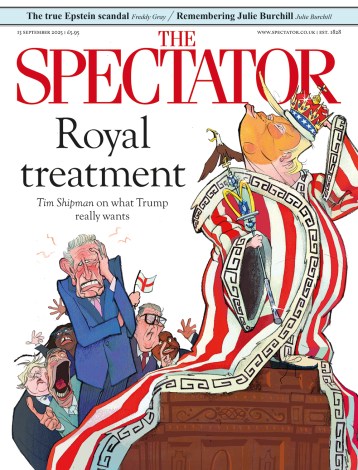Let’s not come over all emotional about the sale of BAE Systems’s one fifth stake in Airbus to EADS, the Franco–German group that already owns the rest of it. For a start, the sale does not portend the death of a once-great industry, because Britain has not had much to be proud of in civil aircraft manufacture since before the second world war. The last all-British commercial aircraft any of us flew in was probably a modest BAe 125, but the division of the then British Aerospace that made it was sold to Raytheon of the US in 1993, and its successors are built in Wichita, Kansas. If you are luckier than me, you may have flown with the glitterati in the Anglo–French Concorde, a thing of beauty but a financial disaster and a commercial albatross; and if you are older than me, you might have experienced the luxuries of the de Havilland Comet — but not, I hope, one of the early-1950s models that suffered catastrophic metal fatigue. By the time the designers sorted that problem out, the Comet had been wiped off the competitive map by the Boeing 707 and the Douglas DC-8, to survive only in military form as the Nimrod bomber.
The fact that Airbus still employs 13,000 people making wings in two British factories is, in effect, the result of a long history of state interventions without which this industry would have withered. And even without a significant British shareholder to influence Airbus’s management decisions, the wing-makers’ skilled jobs at Filton and Broughton are a lot more secure than most other factory jobs in Britain, because they were ‘safeguarded’ for the lifetime of the current hot-selling Airbus model range in the intergovernment horse-trading that preceded Airbus’s transition into a single corporate entity in 2001.
So weep not for mythical past glories as BAE cashes in its Airbus chips at a rich price of up to £4 billion — but watch carefully what happens to the money. A chunk of it may go towards filling the big black hole in BAE’s pension fund, and there will be pressure to return another chunk direct to shareholders, so that the pension institutions among them can in turn meet pressure to invest more in gilts. The rest of the pot, we are told, will go on cross-border acquisitions in the US defence industry, a sector which one City analyst describes as ‘a target-rich environment’.
Valuations of US defence stocks are high, but that seems to be what the stock market wants BAE to do. It makes some sense so long as the US government itself continues to regard most of the Middle East plus North Korea as a target-rich environment, and to spend over $400 billion a year on the means of striking them. But the best US defence companies are a lot bigger than BAE, and the recent upsurge of protectionism will make it difficult to buy even the smaller ones if they have desirable technology.
What’s more, British companies have a long history of making a hash of going to America, from the Midland Bank and Marks & Spencer to the terrible cautionary tale of Marconi, formerly GEC, which was destroyed by a decision to sell its profitable defence interests to BAE and invest instead — urged on by the stock market — in high-priced acquisitions in the US telecoms sector. If you want my prediction, it is that the best bits of BAE will go the way of the BAe 125 and end up under American ownership; let’s just hope the Airbus sale does not signal that the whole company will eventually go the way of the Comet.
Stealth scoop?
The furious row over inheritance trusts — on which Gordon Brown’s covert Budget raid rapidly turned into a retreat — has overshadowed an even stealthier manoeuvre to take more cash out of middle-class pensioners’ pockets. Though I hesitate to claim this as a Spectator scoop, I have yet to spot a single word of protest about it in the public prints. But it is very bad news if you happen to be retired or widowed and entitled to private medical cover under a company pension package: from 6 April, following what appears to be a reinterpretation of its own rules by HM Revenue & Customs, your previously untaxed medical cover will be taxed as a ‘benefit in kind’.
The tax will be calculated on the actual cost to the company of providing the cover, which means — in one of those perverse effects which are the hallmarks of this Chancellor’s mania for chasing every last penny — it will work out most expensive for those who happen to be pensioners in company schemes with relatively few members but high claims experience. In the case of a typical large company the additional tax is estimated at up to £827 for a couple for 2005/6 — the equivalent, I reckon, of more than 2 per cent on basic-rate income tax. But as the cost of providing medical cover rises above inflation, so will the tax: by 2010 the couple will be shelling out over £100 a month for something they thought they were entitled to for free for life. The most likely outcome is that in order to save tax many older people will opt out of private medical cover, and become additional costs to the NHS instead. Will the Treasury win on the deal? I very much doubt it. Nice work, Gordon.
Café, s’il vous pla






Comments